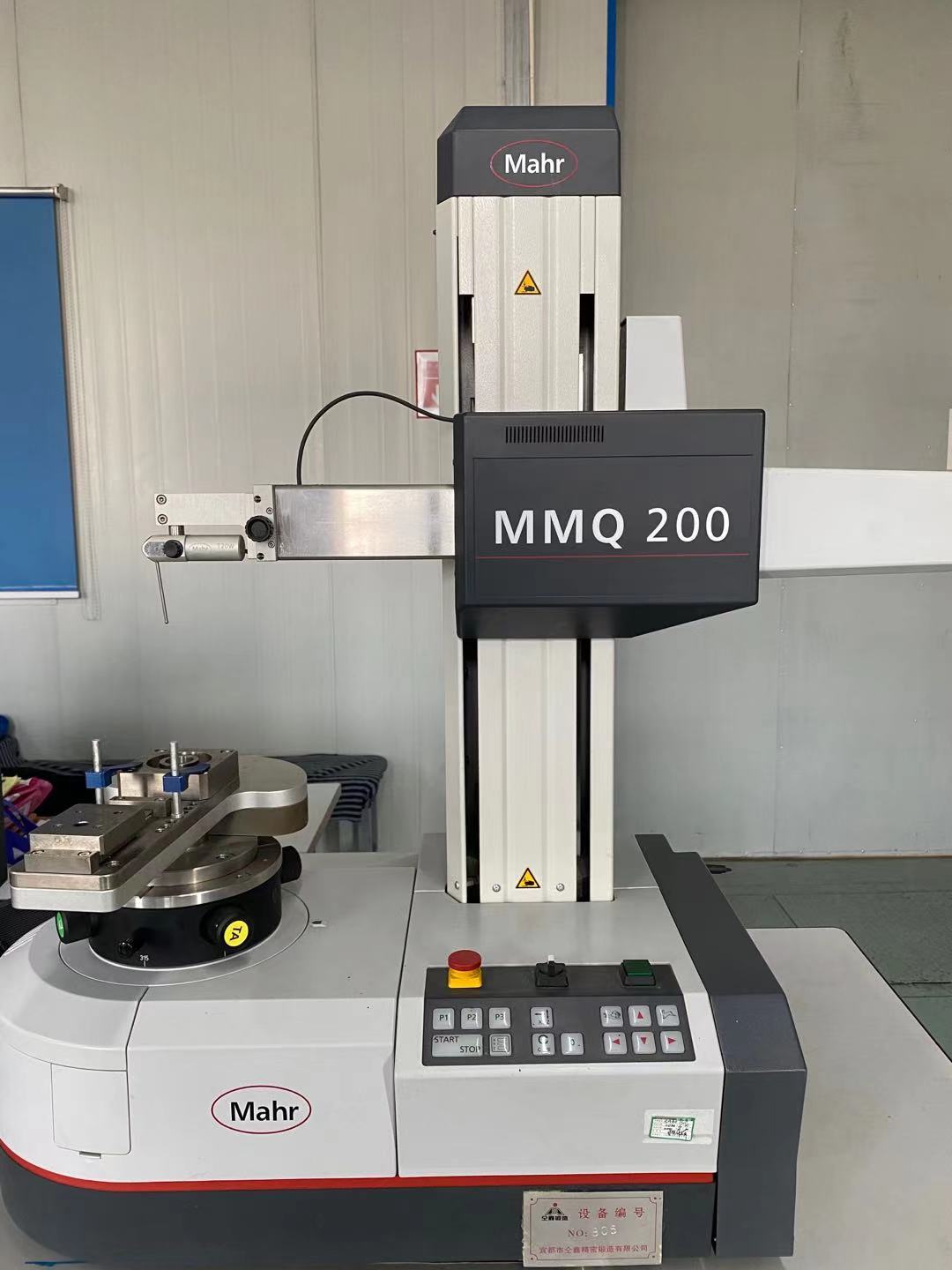The processing technology of grinding roller shaft forging is discussed
2022-12-05
According to the size requirements of the grinding roller shaft, combined with the size of the existing ingot forging parts, under the condition of reaching the forging ratio, using the mold processing, can choose 69t and 3T ingot. Because of the smaller volume and size of the 36t ingot, the forging ratio is also smaller. In order to improve the forging ratio and meet the requirement of forging ratio, a complicated double upsetting drawing process was used. The forging ratio of 69t ingot meets the requirements, and the upsetting drawing process can be used. The material utilization rate of 69 ingot is lower than that of 36t ingot, which increases the production cost. If more than one ingot is produced, 69 ingot can be produced in two pieces. In this chapter, the process of single piece production of grinding roller shaft is studied. 36t steel ingot is used.
Basic forging process of grinding roller shaft: refining and ingot casting → hot water supply stamping shop → heating → pressing jaw, chamfering and ingot tail → heating → primary upsetting, square drawing, chamfering and chamfering → heating → secondary sensitive coarsing and square drawing → heating, partial lengthening and cutting nozzles → tire die forging, heat treatment and post-forging inspection.
In order to upset the forging in the leak plate, one end of the 36t ingot was first pressed with a Φ625mm clamp and then chamfered with the ingot tail. Upsetting is a process prior to deep deformation. Upsetting not only improved the forging ratio of forging, but also improved the distribution of stress and strain of billet and the microstructure of ingot. According to relevant literature [46], when the instantaneous ratio of height to diameter in the upsetting process was about 1.0, the stress state of the forging center began to change from tensile stress to compressive stress. According to the need of deep drawing, the sensitivity should be about 50%, and the ratio of height to diameter after upsetting must be between 0.5 and 0.6. Therefore, when upsetting the original ingot of the grinding roller shaft, the height H1 after an upsetting is controlled to be about 1070mm, and the average diameter is controlled to be about Φ1=2050mm
Due to the advantages of WHF, WHF forging method is adopted during drawing, and the small forging ratio should be 2.0 during drawing. In the actual process of forging parts, in order to make the blank forging shape and uniform deformation in the drawing process of the block, the drawing forging rate is controlled at about 2.3.

Basic forging process of grinding roller shaft: refining and ingot casting → hot water supply stamping shop → heating → pressing jaw, chamfering and ingot tail → heating → primary upsetting, square drawing, chamfering and chamfering → heating → secondary sensitive coarsing and square drawing → heating, partial lengthening and cutting nozzles → tire die forging, heat treatment and post-forging inspection.
In order to upset the forging in the leak plate, one end of the 36t ingot was first pressed with a Φ625mm clamp and then chamfered with the ingot tail. Upsetting is a process prior to deep deformation. Upsetting not only improved the forging ratio of forging, but also improved the distribution of stress and strain of billet and the microstructure of ingot. According to relevant literature [46], when the instantaneous ratio of height to diameter in the upsetting process was about 1.0, the stress state of the forging center began to change from tensile stress to compressive stress. According to the need of deep drawing, the sensitivity should be about 50%, and the ratio of height to diameter after upsetting must be between 0.5 and 0.6. Therefore, when upsetting the original ingot of the grinding roller shaft, the height H1 after an upsetting is controlled to be about 1070mm, and the average diameter is controlled to be about Φ1=2050mm
Due to the advantages of WHF, WHF forging method is adopted during drawing, and the small forging ratio should be 2.0 during drawing. In the actual process of forging parts, in order to make the blank forging shape and uniform deformation in the drawing process of the block, the drawing forging rate is controlled at about 2.3.

X
We use cookies to offer you a better browsing experience, analyze site traffic and personalize content. By using this site, you agree to our use of cookies.
Privacy Policy



